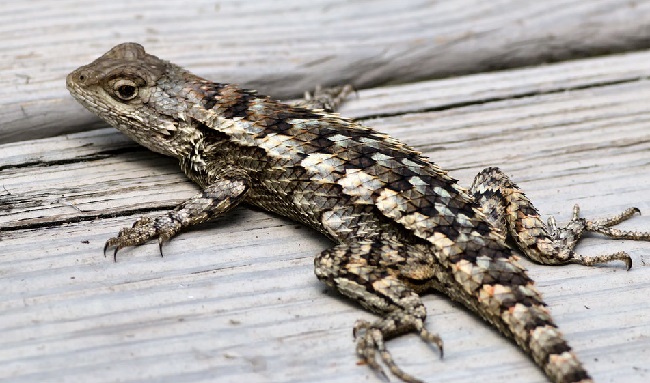From the arid desert landscapes to the lush green forests, Texas’s rich ecological diversity offers a vast habitat range for a variety of intriguing species, particularly lizards.
In this comprehensive guide, we delve into the captivating world of Texas’s lizards, unraveling the unique characteristics, behaviors, and habitats of each species.

Fascinating Lizards of Texas
Here is a list of some Lizards of Texas:
Read Also:
The Texas Horned Lizard: An Iconic Symbol of the Desert
One of Texas’s most iconic lizards, the Texas Horned Lizard, is often known for its spiky appearance and remarkable defense mechanisms.
Although their population has seen a decline in recent years due to habitat loss and predation, the Horned Lizard still thrives in many parts of the state, symbolizing the rugged resilience of Texas’s desert ecosystem.
The Green Anole: The American Chameleon
The Green Anole, colloquially known as the “American Chameleon,” boasts a vivid color-changing ability, ranging from bright green to dark brown depending on their mood, temperature, and environment. Abundantly found in East Texas, these arboreal lizards add a vibrant touch to the region’s fauna.
The Six-Lined Racerunner: The Texan Speedster
The Six-Lined Racerunner is a sight to behold with its lightning-fast speed. These lizards, recognized by their six distinctive light-yellow stripes running from head to tail, are among the fastest reptiles in North America and can be spotted darting across the Texas plains in search of insects, their primary diet.
The Greater Earless Lizard: A Desert Marvel
Adorned with striking patterns and a tail that can flash a startling blue, the Greater Earless Lizard is another desert gem that resides in the arid regions of West Texas.
Named for their lack of external ear openings, these lizards have adapted brilliantly to their hot, sandy environment.
Texas Spiny Lizard: The Tree Dweller
A master of camouflage, the Texas Spiny Lizard, is an expert tree-dweller. Their scaly skin matches the color and texture of tree bark, making them nearly invisible to predators. Mostly found in Central Texas, these lizards are a thrilling find for reptile enthusiasts.
Round-tailed Horned Lizard: The Prickly Resident
The Round-tailed Horned Lizard is another spiky resident of the Texas terrain. Smaller than the Texas Horned Lizard, this species is recognized for its rounded tail, which differentiates it from its relative.
Predominantly found in West Texas, this lizard contributes to the region’s unique biodiversity.
Read Also:
Conclusion
From the horned guardians of the desert to the vibrant color-changers of the forests, the Lizards of Texas are as diverse and fascinating as the state itself. Their varied adaptations and behaviors provide a captivating insight into the vibrant world of Texan fauna.
As we move forward, preserving these lizards and their habitats is of utmost importance to maintain Texas’s biodiversity.
This guide aims to shed light on the spectacular world of Texas’s lizards, sparking curiosity and awareness about these magnificent creatures.
Whether you’re an aspiring herpetologist or a nature lover, we hope this in-depth exploration of the Lizards of Texas has offered valuable insights and a newfound appreciation for these incredible species.
























